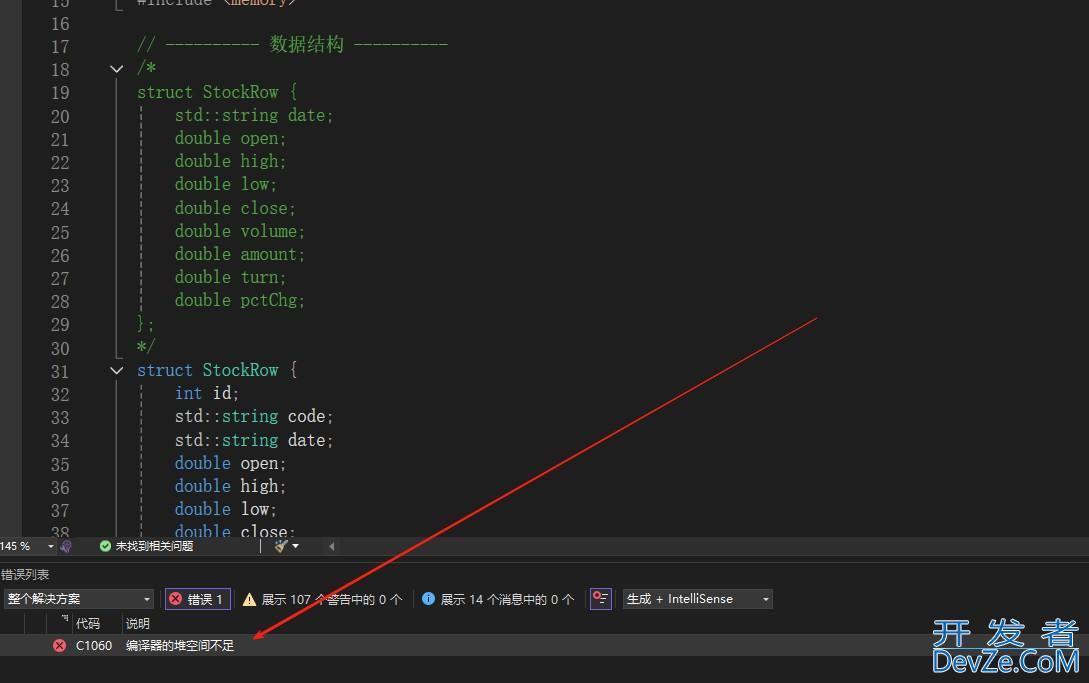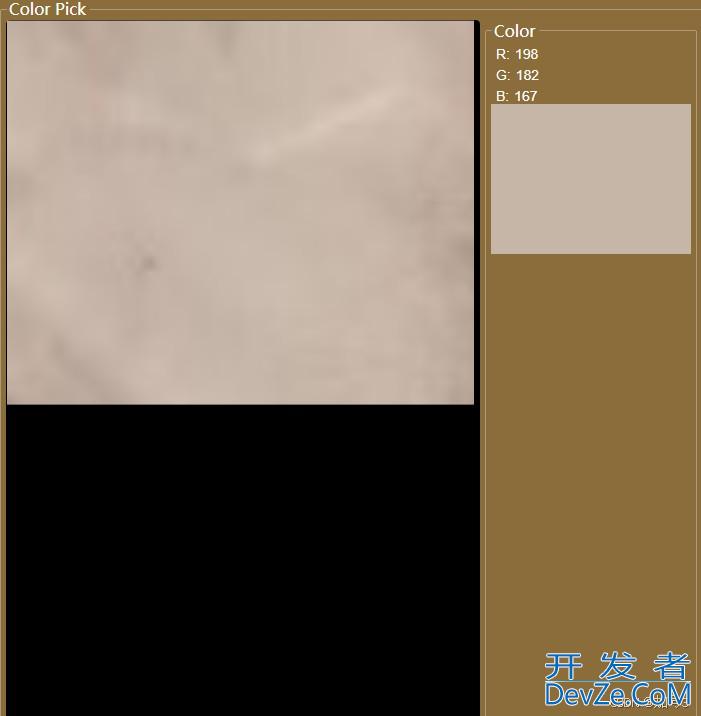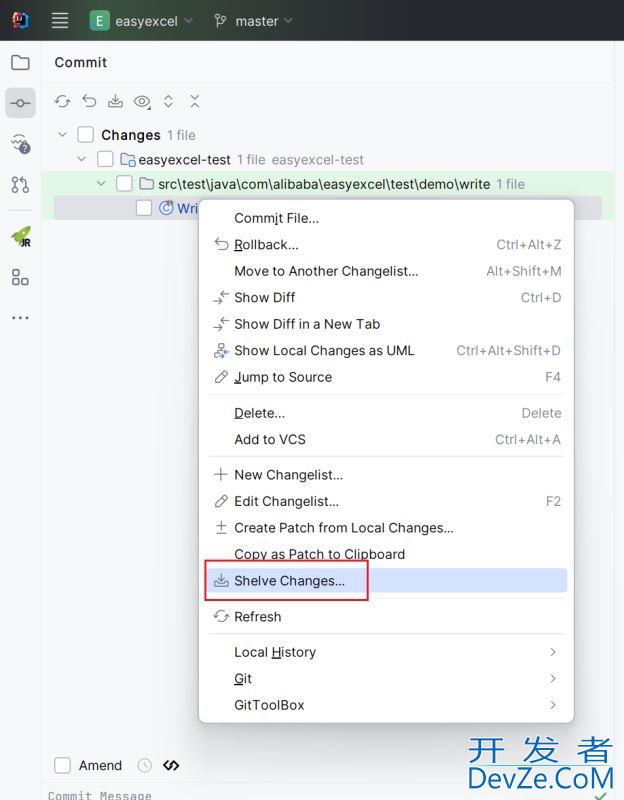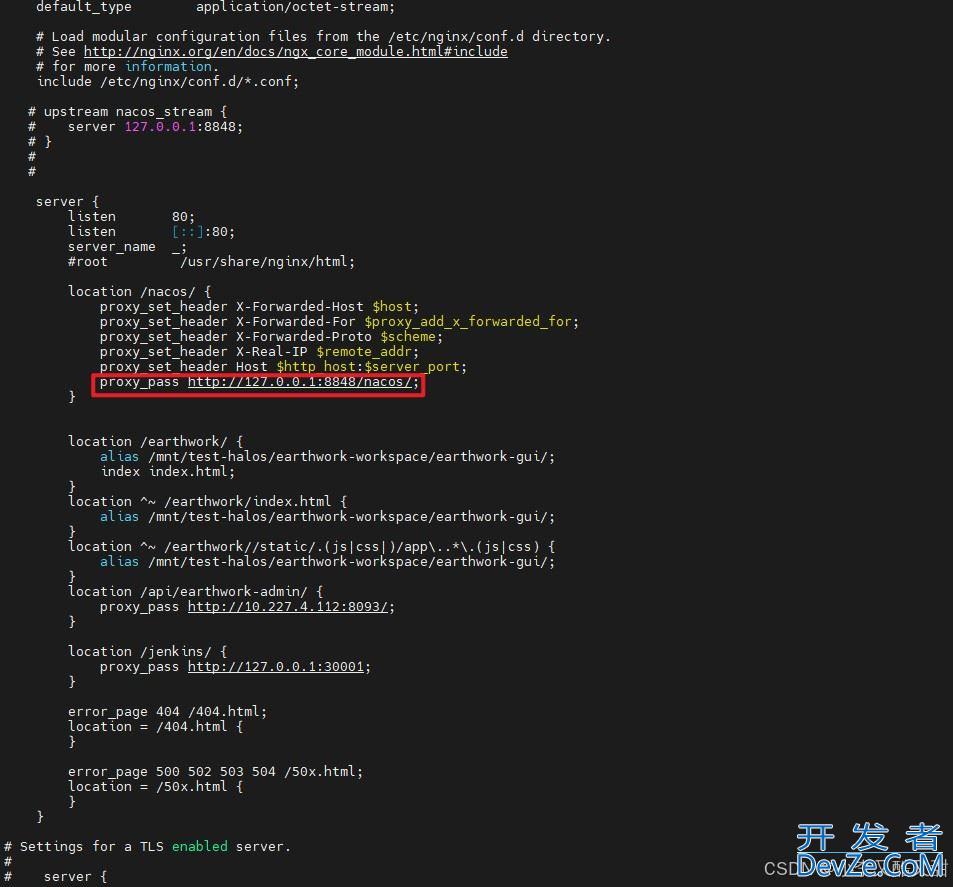目录
- 概述
- 1. 限流的应用场景
- 2. Redis限流的实现原理
- 3. Spring Boot集成Redis实现限流
- 3.1 添加依赖
- 3.2 配置Redis
- 3.3 实现限流逻辑
- 4. 示例代码解释
- 5. 运行效果
- 6. 总结
概述
Spring Boot中使用Redis实现限流功能是一种常见的做法,特别是在高并发场景下,限流可以有效防止系统过载,保证服务的稳定性。
1. 限流的应用场景
限流通常用于以下场景:
- API限流:防止API被恶意或过度调用,保护后端服务。
- 防止爬虫:限制爬虫的访问频率,防止数据被大量抓取。
- 秒杀系统:在秒杀活动中,限制用户的请求频率,防止系统崩溃。
- 防止DDOS攻击:通过限流防止分布式拒绝服务攻击。
2. Redis限流的实现原理
Redis限流的常见实现方式有:
- 计数器算法:通过Redis的
INCR命令实现简单的计数器限流。 - 滑动窗口算法:通过Redis的有序集合(
ZSET)实现滑动窗口限流。 - 令牌桶算法:通过Redis的
LIST或ZSET实现令牌桶限流。
下面我们以计数器算法为例,讲解如何在Spring Boot中实现限流。
3. Spring Boot集成Redis实现限流
3.1 添加依赖
首先,在pom.XML中添加Spring Boot和Redis的依赖:
<dependencies>
<!-- Spring Boot Starter -->
<dependency>
<groupId>org.springframework.boot</groupId>
<artifactId>spring-boot-starter-web</artifactId>
</dependency>
<!-- Spring Boot Redis Starter -->
<dependency>
<groupId>org.springframework.boot</groupId>
<artifactId>spring-boot-starter-data-redis</artifactId>
</dependency>
<!-- Lettuce Redis Client -->
<dependency>
<groupId>io.lettuce</groupId>
<artifactId>lettuce-core</artifactId>
</dependency>
</dependencies>
3.2 配置Redis
在application.properjsties中配置Redis连接信息:
spring.redis.host=localhost spring.redis.port=6379
3.3 实现限流逻辑
我们可以通过自定义注解和AOP来实现限流功能。
3.3.1 自定义限流注解
import Java.lang.annotation.ElementType;
import java.lang.annotation.Retention;
import java.lang.annotation.RetentionPolicy;
import java.lang.annotation.Target;
@Target(ElementType.METHOD)
@Retention(RetentionPolicy.RUNTIME)
public @interface RateLimiter {
String key(); // Redis的key
int limit(); // 限流次数
int expire(); // 过期时间(秒)
}
3.3.2 实现AOP切面
import org.ASPectj.lang.Prohttp://www.devze.comceedingJoinPoint;
import org.aspectj.lang.annotation.Around;
import org.aspectj.lang.annotation.Aspect;
import org.aspectj.lang.reflect.MethodSignature;编程
import org.springframework.beans.factory.annotation.Autowired;
import org.springframework.data.redis.core.RedisTemplate;
import org.springframework.stereotype.Component;
import java.lang.reflect.Method;
@Aspect
@Component
public class RateLimiterAspect {
@Autowired
private RedisTemplate<String, Object> redisTemplate;
@Around("@annotation(rateLimiter)")
public Object around(ProceedingJoinPoint joinPoint, RateLimiter rateLimiter) throws Throwable {
String key = rateLimiter.key();
int limit = rateLimiter.limit();
int expire = rateLimiter.expire();
// 获取当前请求的次数
Long count = redisTemplate.opsForValue().increment(key, 1);
if (count == 1) {
// 如果是第一次请求,设置过期时间
redisTemplate.expire(key, expire, TimeUnit.SECONDS);
}
if (count > limit) {
// 超过限流次数,抛出异常或返回错误信息
throw new RuntimeException("请求过于频繁,请稍后再试");
}
// 执行目标方法
return joinpythonPoint.proceed();
}
}
3.3.3 使用限流注解
在Controller中使用@RateLimiter注解:
import org.springframework.web.bind.annotation.GetMapping;
import org.springframework.web.bind.annotation.RequestMapping;
import org.springframework.web.bind.annotation.RestController;
@RestController
@RequestMapping("/api")
public class ApiController {
@RateLimiter(key = "api:limit:test", limit = 5, expire = 60)
@GetMapping("/test")
public String test() {
return "请求成功";
}
}
4. 示例代码解释
- @RateLimiter注解:用于标记需要限流的方法编程客栈,指定限流的key、限制次数和过期时间。
- RateLimiterAspect切面:通过AOP拦截带有@RateLimiter注解的方法,使用Redis的INCR命令实现计数器限流。
- RedisTemplate:用于操作Redis,实现计数器的自增和过期时间设置。
5. 运行效果
- 当请求
/api/test接口时,每60秒内最多允许5次请求。 - 如果超过5次请求,将抛出异常并返回错误信息。
6. 总结
通过Spring Boot和Redis的结合,我们可以轻松实现限流功能。计数器算法是最简单的限流方式,适用于大多数场景。如果需要更复杂的限流策略(如滑动窗口、令牌桶等),可以基于Redis的有序集合或列表实现。
在实际应用中,限流策略的选择应根据具体业务需求进行调整,以确保系统的稳定性和高可用性。
到此这篇关于SpringBoot使用Redis进行限流功能实现的文章就介绍到这了,更多相关SpringBoot Redis 限流内容请搜索编程客栈(www.devze.com)以前的文章或继续浏览下面的相关文章希望大家以后多多支持编程客栈(www.devze.com)!






 加载中,请稍侯......
加载中,请稍侯......
精彩评论